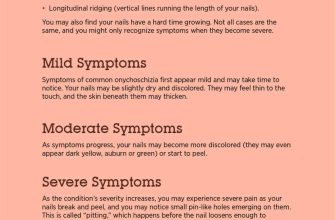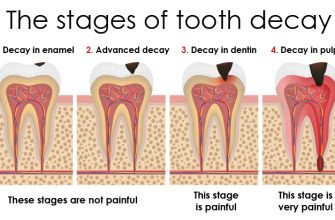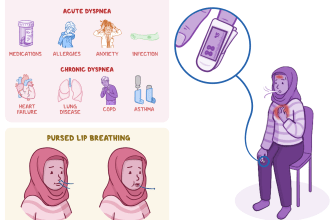Corneal ulcers are a common eye condition that can cause discomfort and potentially lead to vision loss if left untreated. Understanding the symptoms, causes, treatment options, and prevention methods for corneal ulcers is crucial for maintaining good eye health. In this article, we will explore these aspects in detail to provide valuable insights and guidance.
Symptoms of Corneal Ulcers
Corneal ulcers can manifest with various symptoms, which may include:
- Eye redness
- Eye pain or discomfort
- Blurred or hazy vision
- Increase in tear production
- Sensitivity to light
- Feeling of a foreign object in the eye
- Eye discharge
If you experience any of these symptoms, it is important to seek prompt medical attention to prevent further complications.
Causes of Corneal Ulcers
Corneal ulcers are typically caused by an infection, injury, or underlying eye condition. Common causes include:
- Bacterial, viral, or fungal infections
- Eye trauma or injury
- Improper contact lens use or hygiene
- Dry eye syndrome
- Corneal abrasions
It is essential to identify the underlying cause of the corneal ulcer to determine the most effective treatment approach.
Treatment Options for Corneal Ulcers
The treatment of corneal ulcers depends on the severity and underlying cause. Common treatment options include:
- Antibiotic or antifungal eye drops or ointments to combat infection
- Pain relievers or lubricating eye drops to alleviate discomfort
- Oral medications may be prescribed in severe cases
- Bandage contact lenses to protect the cornea and promote healing
- Corneal patch grafts or amniotic membrane transplantation for larger or non-healing ulcers
It is crucial to follow the prescribed treatment plan and attend regular follow-up appointments to monitor the healing progress and prevent complications.
Prevention of Corneal Ulcers
While not all corneal ulcers can be prevented, there are several measures you can take to reduce the risk:
- Practice good hygiene when handling contact lenses, including proper cleaning and disinfection
- Avoid sleeping with contact lenses in
- Protect your eyes from injury by wearing appropriate eye protection during activities that pose a risk
- Use lubricating eye drops if you experience dry eyes
- Avoid sharing eye makeup or personal eye care items
By adopting these preventive measures, you can significantly reduce the likelihood of developing corneal ulcers.
Corneal Ulcer Diagnosis
Diagnosing a corneal ulcer involves a comprehensive eye examination, which may include:
- Visual acuity test to assess your vision
- Slit-lamp examination to examine the cornea and surrounding structures
- Corneal staining with special dyes to highlight any ulcers or abrasions
- Culture and sensitivity testing to identify the specific microorganism causing the infection
These diagnostic tests help determine the severity and underlying cause of the corneal ulcer, guiding the appropriate treatment plan.
Corneal Ulcer Complications and Management
If left untreated or improperly managed, corneal ulcers can lead to severe complications, including:
- Corneal scarring
- Corneal perforation
- Vision loss
Proper management of corneal ulcers involves regular follow-up appointments with your eye care professional, adherence to the prescribed treatment plan, and timely intervention if complications arise. It is essential to report any worsening symptoms or changes in vision promptly.
Corneal Ulcer Healing and Surgery
The healing time for corneal ulcers varies depending on the severity and individual factors. While most ulcers heal within a few weeks with appropriate treatment, some cases may require surgical intervention.
Corneal ulcer surgery may be considered in the following situations:
- Non-healing ulcers
- Deep ulcers
- Ulcers causing significant vision loss
Surgical options may include corneal patch grafts or amniotic membrane transplantation, which aim to promote healing and restore vision.
In conclusion, corneal ulcers are a serious eye condition that requires prompt medical attention. Recognizing the symptoms, understanding the causes, and seeking appropriate treatment are crucial for preventing complications and preserving vision. By adopting preventive measures and following the prescribed treatment plan, you can minimize the risk of corneal ulcers and maintain good eye health.








